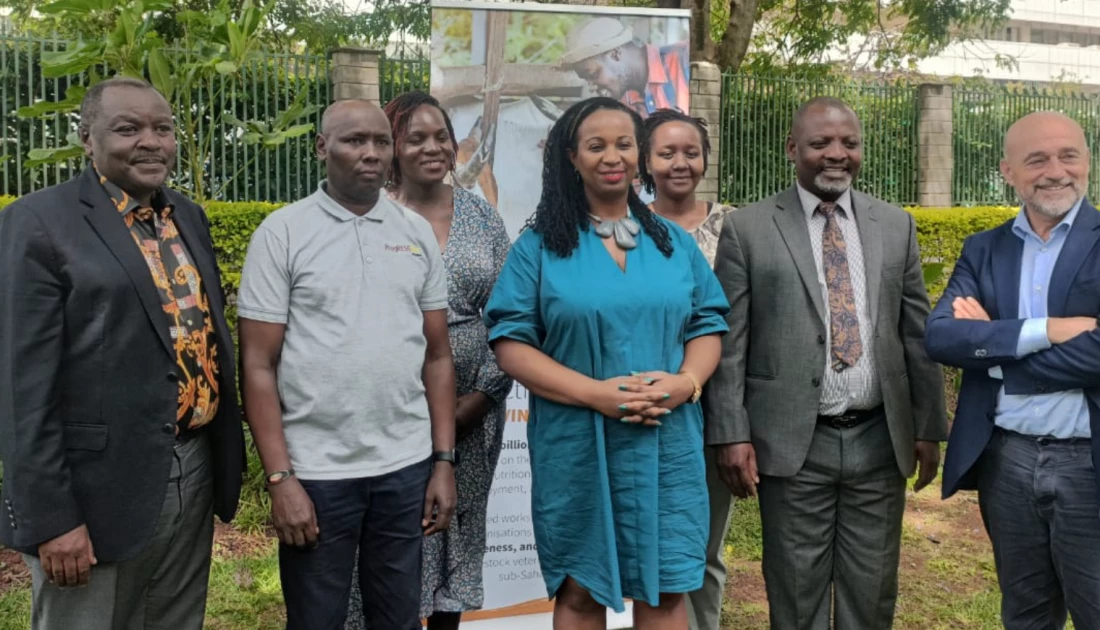Kenya steps up efforts to boost ruminant vaccination

The high-level forum was organized by the Ministry of Agriculture and Livestock Development in partnership with the Kenya Veterinary Association (KVA) and the Global Alliance for Livestock Veterinary Medicines (GALVmed).

Audio By Vocalize
Kenya has stepped up efforts to improve ruminant vaccination as government agencies, private sector players and development partners convened in Nairobi for a major multi-stakeholder meeting aimed at raising the country’s vaccination coverage for cattle, sheep and goats.
The high-level
forum - organized by the Ministry of Agriculture and Livestock Development in
partnership with the Kenya Veterinary Association (KVA) and the Global Alliance
for Livestock Veterinary Medicines (GALVmed) - brought together county
veterinary officials, vaccine manufacturers, farmer groups, researchers and
development partners to strengthen coordination in livestock disease control.
GALVmed CEO Dr.
Lois Muraguri said the organisation’s work under the VITAL 2 programme is
focused on improving access to quality vaccines for smallholder farmers.
“Our aim with VITAL 2 is to ensure that
effective, affordable and accessible livestock vaccines reach the smallholder
farmers who need them the most,” she said.
Deputy Director of
Veterinary Services David Kihuyu emphasized the need for stronger collaboration
to meet the country’s livestock health goals.
“Kenya cannot achieve its livestock
development goals without a unified and well-coordinated vaccination
framework,” he said, noting that preventable diseases continue to cost the
country billions of shillings every year through lower milk yields, carcass
losses and reduced market access.
Kenya Veterinary
Association Council Chairman Dr. Nicholas Muyale underscored the importance of
structured engagement among sector players.
“Kenya urgently
needs a permanent multi-stakeholder platform to coordinate ruminant
vaccination,” he said, adding that improved coverage would significantly
enhance productivity and open up more livestock markets.
The meeting
highlighted persistent challenges in the vaccination chain, including high
costs for farmers, limited cold-chain infrastructure, low farmer awareness and
shortages of trained Animal Health Service Providers.
Current national
vaccination coverage stands at only 12–18%, far below the 70–80% needed to
control major diseases such as FMD, PPR, CCPP and Lumpy Skin Disease.
The workshop
concluded with a commitment to establish a National Ruminant Vaccination
Steering Committee to coordinate stakeholder activities, strengthen vaccine
delivery systems and support Kenya’s goal of improving livestock productivity
by 40% by 2030.


Leave a Comment